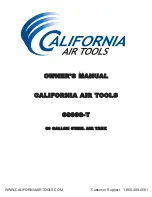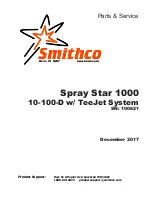
The operation of any lawn vacuum can produce foreign objects to be thrown into
the eyes, resulting in severe eye damage. Always wear certified safety glasses or
wide-vision safety goggles over spectacles before starting any cutting machine
and while operating such a machine.
The operation of any engine produces sound waves that are damaging to the
human ear. Ear protection is recommended.
CAUTION!
Tragic accidents can occur if the operator is not alert to the presence of
children. Children are often attracted to the machine and the mowing
activity.
Never assume that children will remain where you last saw them.
OPERATING YOUR LAWN VACUUM
INTENDED USE
The Lawn Vacuum is designed to vacuum grass clippings and leaves from yards. It is not
intended to vacuum over gravel, sand, rock, etc., or any other material that will damage the
impeller blades. The Lawn Vacuum is not designed to exceed 5 MPH. It should be towed by an
approved lawn tractor only. Refer to the owners manual of the lawn tractor and be sure not to
exceed the tow rating . The combined weight of the Lawn Vacuum and its contents will vary
depending upon the fill level of the bag and the moisture content of the grass clippings. The
vehicle tow rating should be at least 1000 lbs.
The Lawn Vacuum is
not
designed to tow behind our patented Trailmowers®.
TO START ENGINE
See engine manufacturer’s recommendation for the type and amount of oil and fuel used.
• Make sure the tow vehicle parking brake is set and vacuum is level. Engine must be
level to accurately check and fill oil.
Do not overfill.
• Check spark plug wire, oil, and fuel.
• Set engine idle to CHOKE position.
• Grasp pull-rope handle and pull out slowly until engine reaches start of compression
cycle. Pull the rope with a single fluid motion. Let the rope recoil slowly. Repeat the
above instruction 4 or 5 times until engine fires.
• Once engine is running, move CHOKE control to RUN position.
TO STOP ENGINE
• Move the throttle control lever to the OFF position.
• Disconnect spark plug wire from plug to prevent accidental starting while equipment is
unattended or is being worked on.
9


































